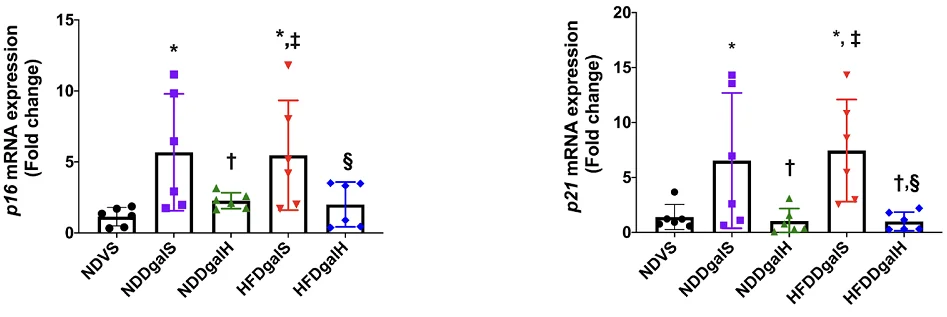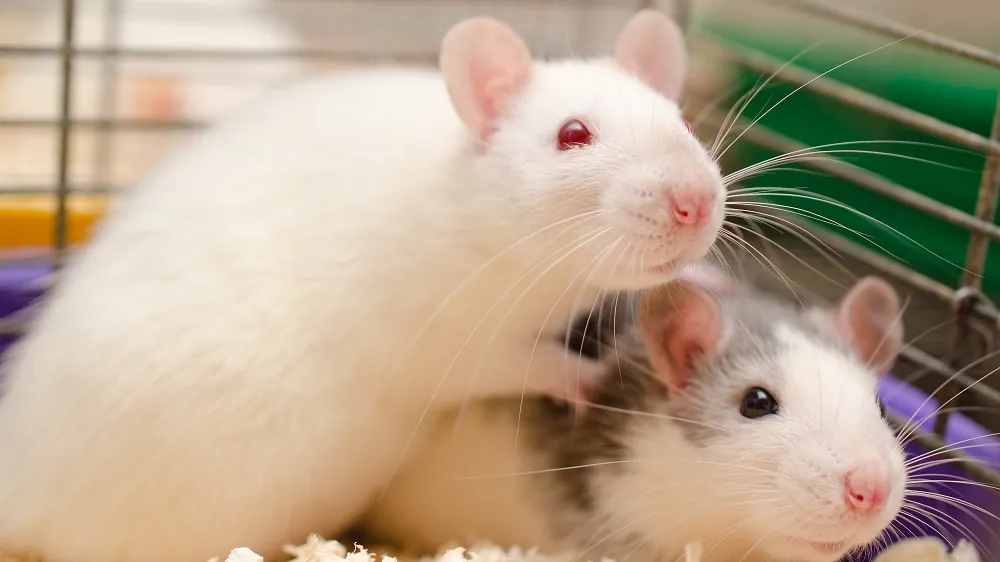Scientists have demonstrated that hyperbaric oxygen therapy can reverse some aspects of bone deterioration caused by aging and obesity in rats [1].
Under pressure
Hyperbaric oxygen therapy (HBOT) involves placing the patient in a chamber with elevated levels of oxygen and atmospheric pressure. HBOT has been approved for treating certain conditions, such as air embolism, severe anemia, and certain infectious diseases, and it is credited with many more health benefits [2], including against age-related conditions such as cognitive decline. However, the research is still sparse and ambiguous.
In this new study, the researchers used HBOT on artificially aged rats to see how it would affect age-related changes in bone structure, including in the context of obesity. The relationship between obesity and osteoporosis is complex: on one hand, it was long thought that higher BMI leads to lower fracture risk. On the other hand, recent research suggests that abdominal obesity is associated with osteopenia and osteoporosis [3]. Several studies have shown that HBOT can ameliorate bone loss [4], and this one adds to this growing body of knowledge.
HBOT restores bone health
In their study, the researchers used a rat model in which accelerated aging is induced by treating the rats with D-galactose, which increases oxidative stress and inflammation. Half of the rats were put on a high-fat diet (HFD), which led to rapid weight gain and an unfavorable lipid profile. HBOT was unable to ameliorate this obese phenotype. However, D-galactose treatment additionally decreased insulin sensitivity in both normally fed and obese groups, and this specific effect was reversed by HBOT.
D-galactose induces cellular senescence, as evidenced by elevated levels of two popular senescence markers, p16 and p21, in the bone. In both lean and obese aged rats, HBOT was able to restore those markers almost to the levels of lean, non-aged controls.

Senescence is tightly tied to inflammation, since senescent cells secrete lots of pro-inflammatory factors. The bones of lean and obese aged rats had equally increased expression of two of these factors, TNF-a and IL-6. Here, too, HBOT reduced those markers basically to the levels of young lean controls.

While the effect of D-galactose alone on antioxidant markers was muted, combining it with HFD resulted in a synergistic deleterious effect that was reversed by HBOT, although not according to all markers.
Bone homeostasis is supported by osteoblasts and osteoclasts (cells that build and degrade bone, respectively). A high-fat diet in combination with aging resulted in a substantial upregulation of osteoclast-related genes, which hints at increased bone resorption. HBOT reversed this abnormal gene expression. In both lean and obese rats, the treatment also restored levels of some osteoblast-related factors that had been decreased by D-galactose.
HFD and D-galactose independently impaired bone microarchitecture, bone volume fraction, and bone thickness. HBOT completely reversed the effect of D-galactose alone, but it worked only partially in aged obese rats. On the bright side, even in this group, HBOT completely rescued bone demineralization.
Paradoxically effective
The researchers proposed possible mechanisms of action. One of them includes the “hyperoxia-hypoxia paradox”. As the effects of hyperoxidation created by HBOT wear off, this creates “relative hypoxia” without actually reaching harmfully low oxygen levels. This affects two hypoxia-induced factors, HIF-1a and HIF-2a, which are thought to increase osteoclast activity. Lowering their levels could possibly lead to the improvements in bone health observed in this study. Interestingly, both of those factors were higher in obese aged rats.
This study is subject to several limitations, starting with the small sample size. Also noteworthy is that models of accelerated aging are considered less reliable and informative than naturally aged animals. Specifically, the model used by the researchers, in which certain aging-like features are induced by D-galactose, is not the most popular one.
This study demonstrated that HBOT exerted an anti-osteoporotic effect via attenuation of bone cellular senescence, reduction of oxidative stress, and the anti-inflammatory response, and the restoration of the bone microenvironment. These mechanisms consequently led to an alleviation of bone loss and bone demineralization, as also summarized in Table 2. Interestingly, all of these benefits of HBOT were observed in both the lean and obese conditions.
Literature
[1] Imerb, N., Thonusin, C., Pratchayasakul, W., Chanpaisaeng, K., Aeimlapa, R., Charoenphandhu, N., … & Chattipakorn, S. C. (2023). Hyperbaric oxygen therapy exerts anti-osteoporotic effects in obese and lean D-galactose-induced aged rats. The FASEB Journal, 37(11), e23262.
[2] Ortega, M. A., Fraile-Martinez, O., García-Montero, C., Callejón-Peláez, E., Sáez, M. A., Álvarez-Mon, M. A., … & Canals, M. L. (2021). A general overview on the hyperbaric oxygen therapy: applications, mechanisms and translational opportunities. Medicina, 57(9), 864.
[3] Gkastaris, K., Goulis, D. G., Potoupnis, M., Anastasilakis, A. D., & Kapetanos, G. (2020). Obesity, osteoporosis and bone metabolism. Journal of musculoskeletal & neuronal interactions, 20(3), 372.
[4] Sammarco, M. C., Simkin, J., Cammack, A. J., Fassler, D., Gossmann, A., Marrero, L., … & Muneoka, K. (2015). Hyperbaric oxygen promotes proximal bone regeneration and organized collagen composition during digit regeneration. PloS one, 10(10), e0140156.


